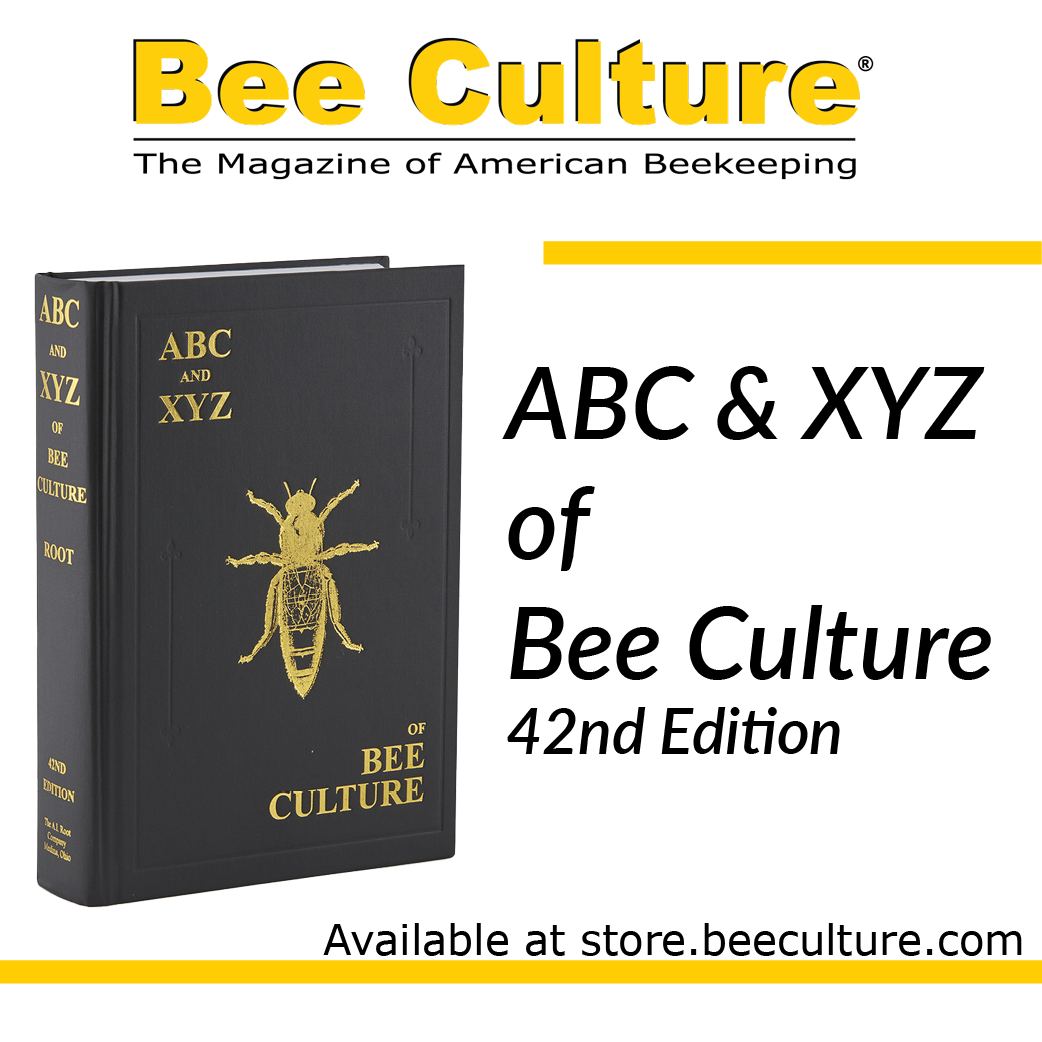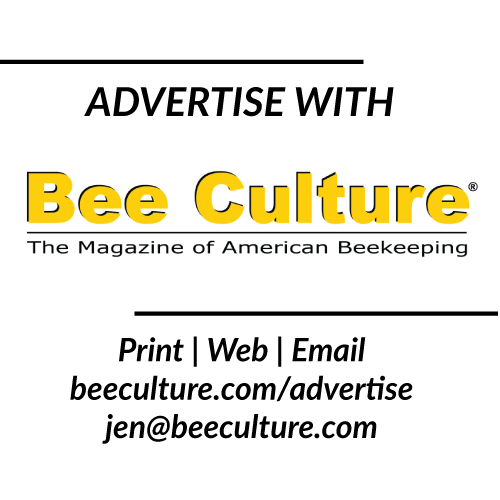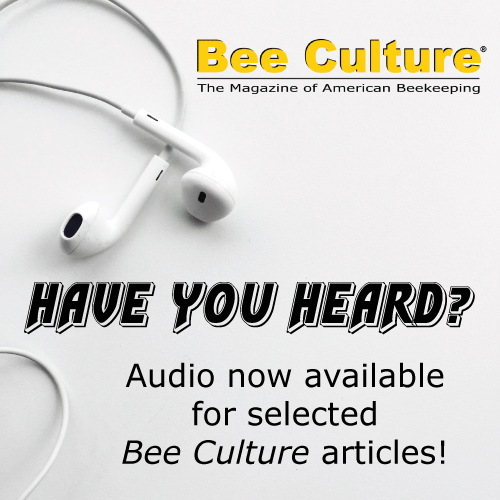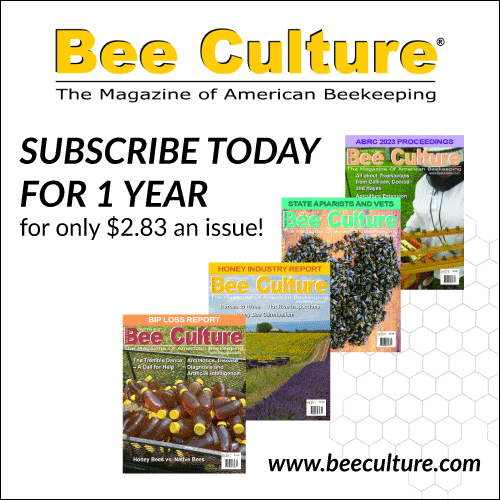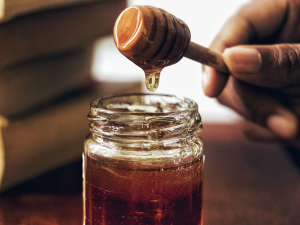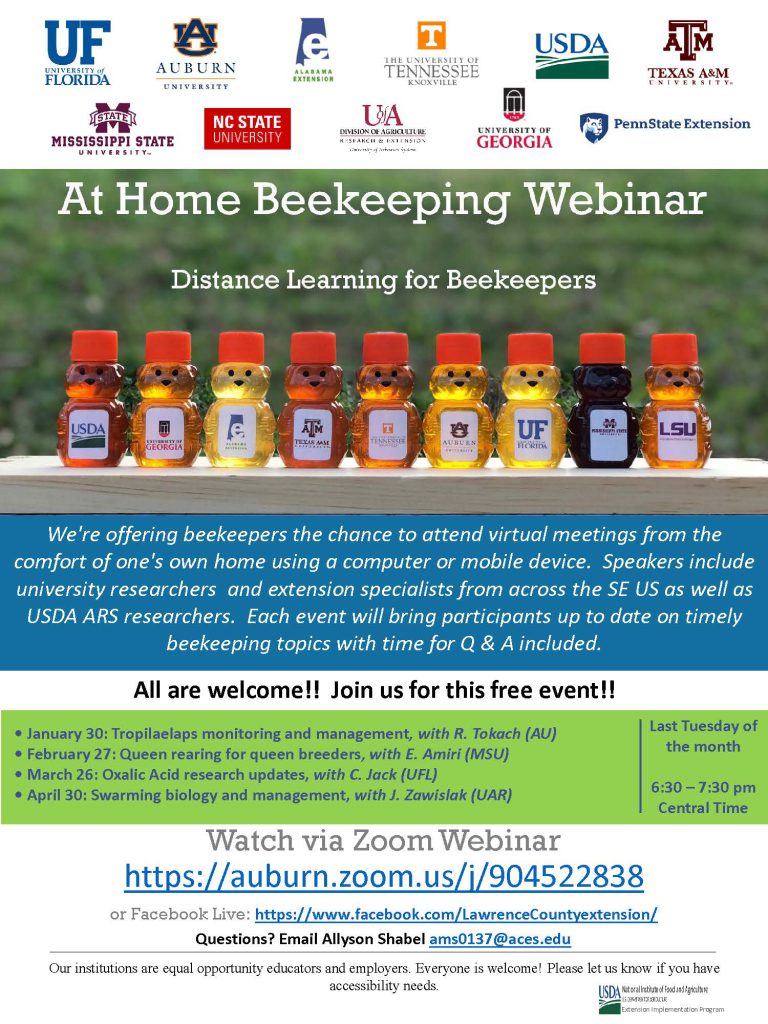Close check: An audit found that more than 100 hives in Victoria’s North West had clinical signs of American foulbrood.
LARGE scale biosecurity checks of honey bee hives has found signs of American foulbrood.
Agriculture Victoria undertook biosecurity check of bee hives from Victoria, NSW and Queensland as more than 4.2 billion bees were transported to Victoria’s north west to pollinate almond blossoms.
More than 1000 hives were audited and more than 100 were found to have clinical signs of American foulbrood.
Agriculture Victoria senior apiary officer Joe Riordan said there was a risk of pests and diseases spreading during almond pollination due to the high density of hives.
He said the surveillance focused on endemic bee diseases, appropriate registration and branding of hives and checking of interstate movements certificates.
There is no treatment for American foulbrood colonies and the colony must be euthanised, burnt then buried.
Disinfection includes dipping hive components in hot wax, at 150-160C, for 12 minutes, or gamma-irradiation.
The disease is endemic in Victoria. It can be managed if the beekeeper has apiary barrier management systems and does honey culture testing to narrow down infected hives.
Mr Riordan said beekeepers should adopt the Australian Honey Bee Industry Biosecurity Code of Practice and be aware of the signs of American foulbrood and exotic pests such as Varroa mite.
“Australia remains Varroa mite free and this status is attributed to strong biosecurity programs that have kept this economically devastating
threat from our shores,” he said.

